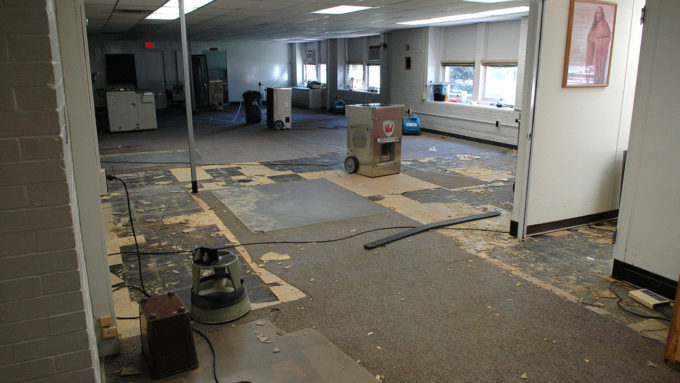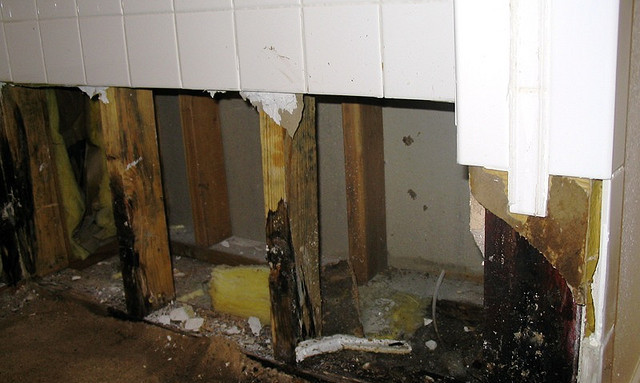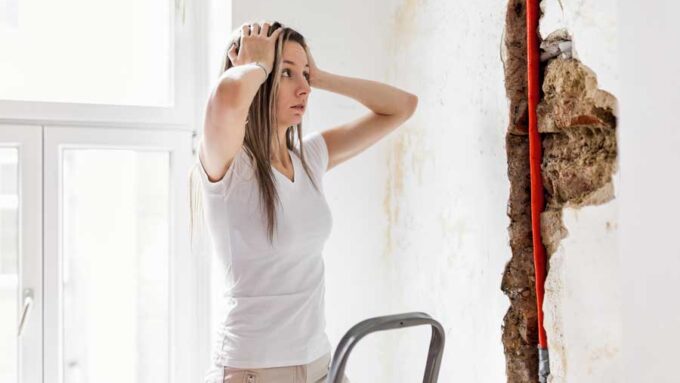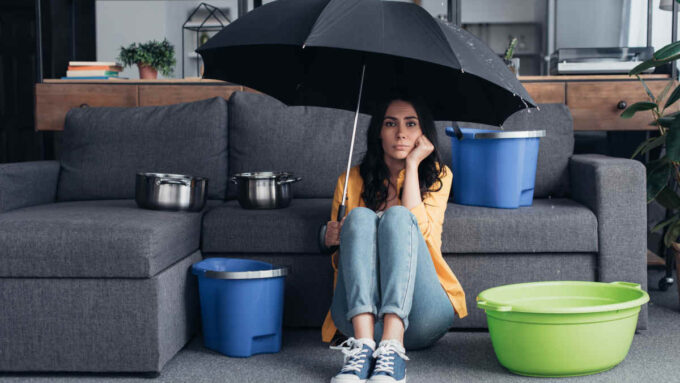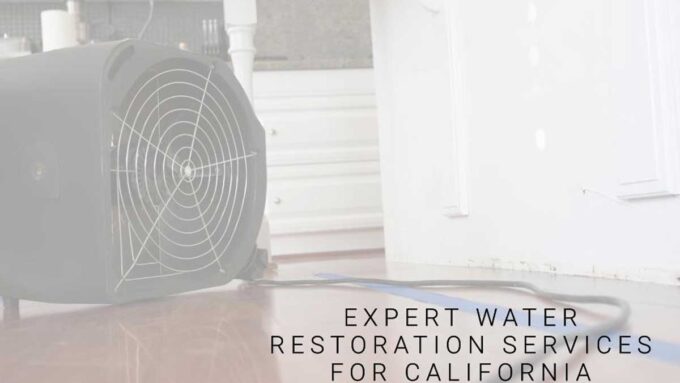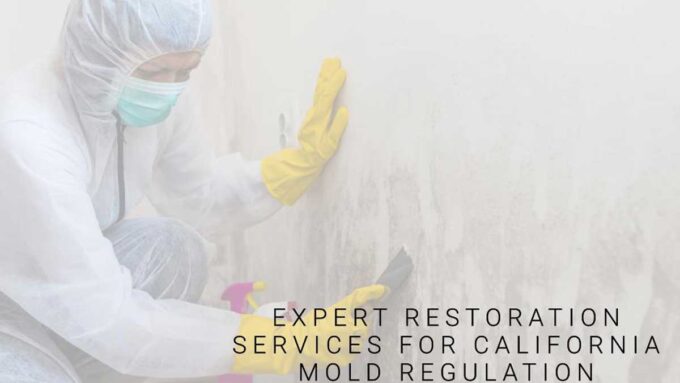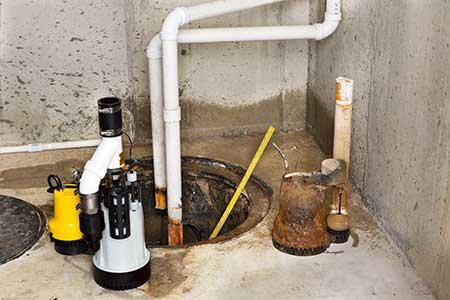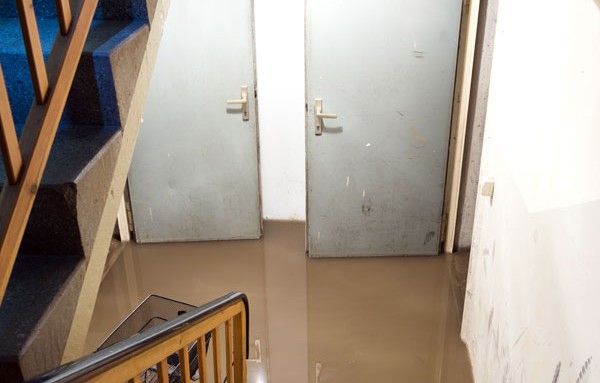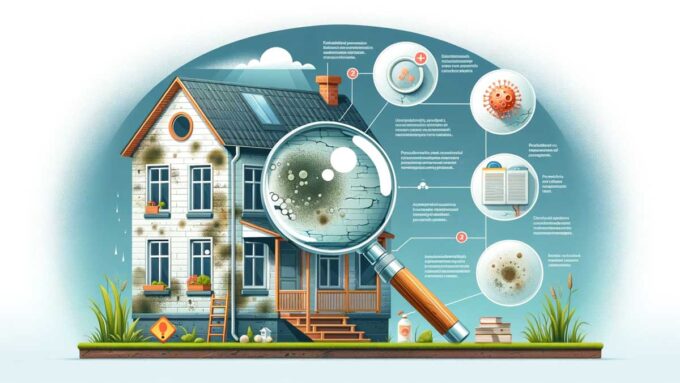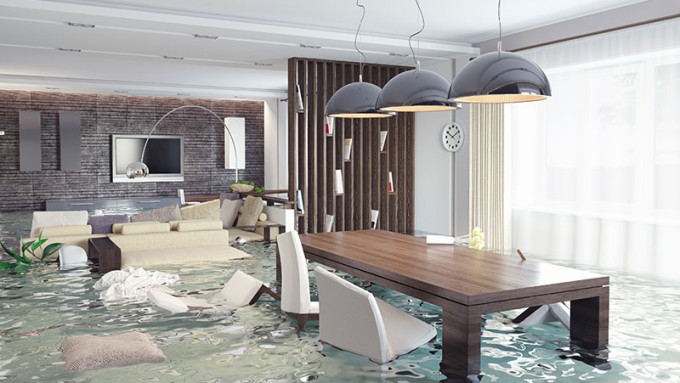Just about every homeowner eventually will go through some sort of “disaster,” whether that be getting an infestation of termites, having an electrical problem, having a pipe burst, or accumulating roof damage due to a severe storm. Something is bound to happen—disaster is the inevitable “joy” of being a homeowner.
You can definitely take steps to try to prevent certain things from happening and can ameliorate the consequences when they do. Being knowledgeable about the “what-ifs” and “what-to-dos” will be beneficial when a mini or huge disaster strikes your home.
One unfortunate example of something many homeowners have experienced is water damage and mold growth; this may occur due to a burst pipe, a flood, or environmental factors, such as too much humidity in that area.
Of course, one technique you can try when you are in a water damage situation is to air everything out and place a large fan in proximity to the moisture; but typically you will need to do more than just that to ensure the water is cleaned up sufficiently and to avoid mildew or mold growth.
The following options are considered advanced drying techniques that either you can do (by renting or purchasing the equipment), or you can call a professional to assist you.
- Low-Grain Refrigerant (LGR) Dehumidifier
These are much more efficient than a standard dehumidifier as they have a “double cooling” capacity.
How do they work?
LGR dehumidifiers use three different types of precooling systems:
- A heat pipe system collects hot air, cools it, then heats and evaporates it once more. This process is repeated over and over with the aim of removing moisture from the air.
- A thermal siphon system uses a stacked hot and cold coil to perform the same type of repeated cycle as the heat pipe system.
- Finally, an air-to-air heat exchanger uses air to transfer heat rather than liquid refrigerants.
Depending on the amount of water damage in your home, this could be an option to look into.
- Desiccant Dehumidifier:
The word desiccant means moistureless, or very dry. That’s what you want to achieve when you have water damage.
Instead of using condensation (on cold evaporator coils) to remove humidity from air, desiccant dehumidifiers use a chemical (called a desiccant) to do so.
Click HERE to learn more about the various types of desiccant dehumidifiers as well as a detailed description on how they work.
- Intra-Wall Drying
This is a specific type of water damage restoration that does not require any removal. During the process, small holes are drilled near the base to allow for the circulation of air for drying the water inside the drywalls.
This VIDEO is a simple example of how this is accomplished.
Realistically, if you are not familiar with the water removal process, it would be beneficial to hire a professional to at least get an idea of how bad the damage is and what the treatment options are.
Has your home recently suffered from water damage or an infestation of mold due to excess moisture? Do you need help from a restoration specialist? Don’t worry—Restoration Certified Specialists, Inc. will take care of you! They have been proudly serving Sonoma County and the North Bay areas since 1975.

